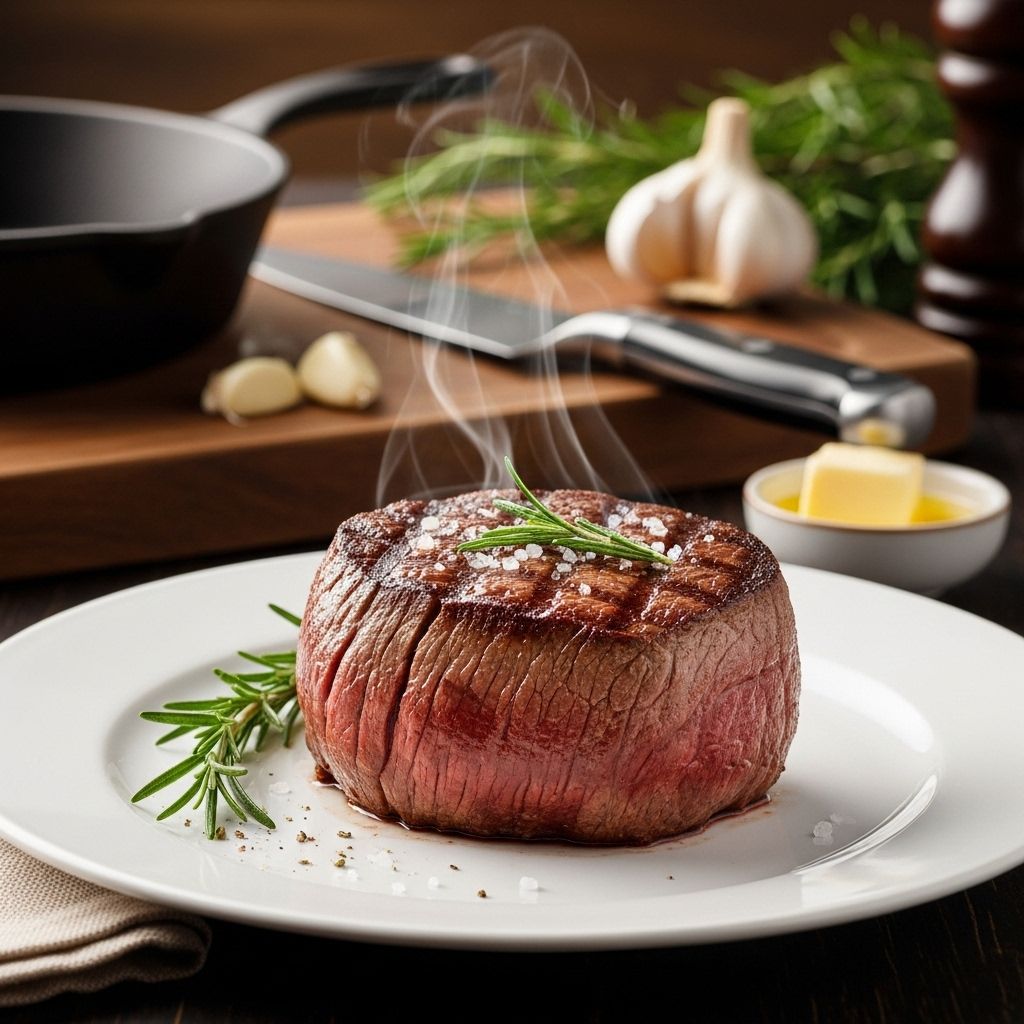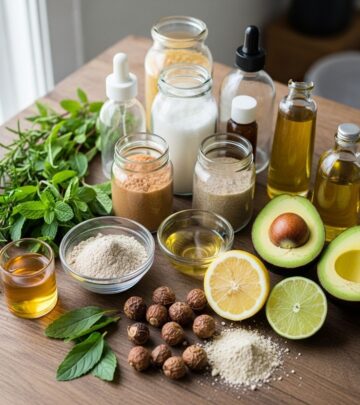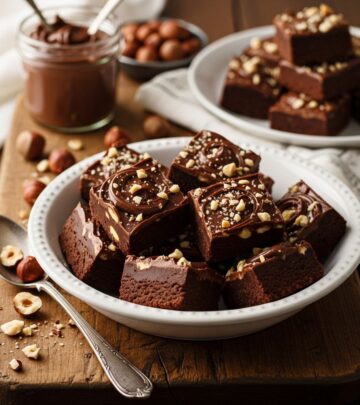How to Cook the Perfect Filet Mignon: Step-by-Step Guide
Searing and resting like a pro locks in flavor and juiciness for an unforgettable steak.

Image: HearthJunction Design Team
How to Cook Filet Mignon: A Complete Guide
Filet mignon, renowned for its unmatched tenderness, is often considered the crown jewel of steak cuts. Cooking it at home doesn’t require culinary wizardry but does demand attention to detail. This comprehensive guide covers everything you need to know, from selecting the perfect filet to savoring the final juicy bite. Whether you’re celebrating a special occasion or treating yourself to a gourmet meal, follow these instructions to cook filet mignon to perfection in your own kitchen.
Table of Contents
- About Filet Mignon
- Ingredients
- Essential Equipment
- Step-by-Step Directions
- Filet Mignon Doneness Chart
- Pro Tips for Success
- Serving Suggestions
- Frequently Asked Questions (FAQs)
About Filet Mignon
Filet mignon is French for “tender filet” — and with good reason. This highly prized cut comes from the small, end portion of the beef tenderloin. Thanks to minimal use of the muscle, filet mignon is exceptionally tender, lean, and subtle in flavor. While it’s not as marbled or bold-tasting as ribeye or strip steaks, filet mignon is beloved for its “butter knife” texture and is often the centerpiece of elegant meals.
- Source: Comes from the tenderloin, a little-used muscle in the cow.
- Texture: Extremely tender and fine-grained.
- Flavor: Delicate and mild, pairs beautifully with herb butter or pan sauces.
Ingredients
Premium steak deserves simple, high-quality ingredients. Here’s what you’ll need for classic filet mignon:
- 2 Tbsp. extra-virgin olive oil – For searing and flavor
- 4 filet mignon steaks (about 6 oz each)
- Kosher salt to taste
- Freshly ground black pepper to taste
- 4 Tbsp. butter
- 1 Tbsp. roughly chopped rosemary (fresh is best)
Essential Equipment
- Oven-safe skillet (preferably cast iron for even heating and a good sear)
- Instant-read thermometer for precise doneness
- Tongs for flipping steaks
- Spoon (for butter basting)
- Aluminum foil (optional, for resting)
Step-by-Step Directions
Let Steaks Come to Room Temperature
For even cooking, remove the filets from the fridge 30 to 40 minutes prior to cooking. Pat the steaks dry with paper towels.
Preheat the Oven
Set your oven to 400°F (200°C).
Season the Steaks
Generously season all sides with kosher salt and freshly ground black pepper. This enhances crust formation and balances the meat’s natural flavor.
Heat the Pan
Set an oven-safe skillet over medium-high heat. Add olive oil. When the oil is just shimmering (and almost smoking), it’s ready.
Sear the Steaks
Carefully add steaks to the hot skillet. Sear undisturbed until a deep brown crust forms, about 5 minutes.
- Resist moving the steaks—this helps achieve that restaurant-quality sear.
- If your steaks are especially thick, also roll them on their sides briefly to caramelize the edges (about 1 minute each).
Flip and Baste with Butter
Turn the steaks. Add butter and rosemary to the skillet. As the butter melts, spoon it repeatedly over the steaks (butter basting), continuing to cook for another 3 to 5 minutes.
- Butter basting infuses flavor and keeps the meat moist and glossy.
Transfer to the Oven
Place the entire pan in the preheated oven. Bake for about 5 minutes or until the internal temperature approaches your desired doneness (see chart below).
- Check the temperature before placing in the oven so you know how close you are to your goal.
- If you’re within 10 degrees of the desired doneness, you may need less than 5 minutes in the oven, so check early to avoid overcooking.
- If more time is needed, check every 1-2 minutes.
Rest the Steaks
Remove the skillet from the oven. Using tongs, transfer filets to a plate. Let them rest 5 minutes before slicing. Resting allows juices to redistribute, delivering succulent texture with every bite.
Filet Mignon Doneness Chart
| Doneness | Center Color | Internal Temp (°F) | Notes |
|---|---|---|---|
| Rare | Cool, red center | 120-125 | Soft, very juicy |
| Medium-Rare | Warm, red center | 130-135 | Most recommended (tender, juicy) |
| Medium | Warm, pink center | 140-145 | Firm, less juicy |
| Medium-Well | Slightly pink center | 150-155 | Noticeably firm |
| Well Done | Little or no pink | 160+ | Not recommended (can dry out) |
Pro Tips for Success
- Choose thick filets (at least 1.5 inches) for easier temperature control and juicier results.
- Bring steaks fully to room temperature before cooking for even doneness.
- Use high-smoke point oil (canola, avocado, or grapeseed) if you want less olive oil flavor or plan to sear at very high heat.
- Set a timer—precision is key to avoid overcooking.
- For extra flavor: Add garlic cloves or thyme sprigs to the pan with the butter.
- Resting really matters. Cutting too soon will let valuable juices escape.
Serving Suggestions
Filet mignon shines when served simply, allowing its natural flavor to be center stage. Consider these accompaniments:
- Classic steakhouse sides – Garlic mashed potatoes, creamed spinach, steamed asparagus
- Pan sauce – Use the pan drippings to make a quick red wine or cognac sauce
- Compound butter – Top with blue cheese or herbed butter
- A robust red wine pairs beautifully
Frequently Asked Questions (FAQs)
Q: Why is filet mignon so expensive?
A: Filet mignon is sourced from a small, low-yielding section of the tenderloin, making it rare and highly sought-after. Its delicate texture also adds to its premium price.
Q: Can I cook filet mignon without an oven?
A: Yes, you can cook filet mignon entirely on the stovetop, especially with thinner cuts. However, the combination of stove searing and oven finishing helps achieve a superior crust and even doneness, especially for thicker steaks.
Q: Should I marinate filet mignon?
A: Filet mignon is prized for its tender texture and delicate flavor, so strong marinades aren’t necessary. A generous seasoning of salt, pepper, and maybe a touch of fresh herbs is enough.
Q: How do I make a pan sauce using the skillet?
A: After removing your steaks, return the skillet to low heat. Add a splash of wine, cognac, or beef broth, scrape up the browned bits, simmer for 2 minutes, then whisk in a tablespoon of cold butter for richness.
Q: Is it okay to cook filet mignon to well done?
A: Technically, yes — but it’s not recommended since the cut will lose moisture and tenderness. Medium-rare or medium is best for a juicy, flavorful filet mignon.
Nutritional Information (Approximate per 6 oz steak)
- Calories: 400
- Fat: 27g (including 12g saturated)
- Protein: 38g
- Carbohydrates: 0g
- Sodium: 90mg (before salting)
Final Thoughts
Cooking filet mignon at home is an easy way to elevate your dinner table and channel a steakhouse experience. With the right cut of meat, attention to technique, and a few simple ingredients, you’ll savor a tender, juicy steak every single time. Happy cooking!
References
- https://downshiftology.com/recipes/filet-mignon/
- https://www.delish.com/cooking/recipe-ideas/a23515113/how-to-cook-filet-mignon/
- https://cookthestory.com/how-to-cook-filet-mignon-perfectly/
- https://www.delish.com/cooking/recipe-ideas/a55651/best-beef-tenderloin-recipe/
- https://www.delish.com/cooking/g173/filet-mignon-recipes/
Read full bio of Srija Burman












